The 1 Hexene Market is characterized by a competitive landscape that is increasingly shaped by innovation, sustainability, and strategic partnerships. Key players such as Chevron Phillips Chemical Company (US), LyondellBasell Industries (NL), and SABIC (SA) are actively pursuing strategies that enhance their market positioning. Chevron Phillips Chemical Company (US) has focused on expanding its production capabilities, particularly in the U.S., to meet rising global demand. LyondellBasell Industries (NL) emphasizes innovation in product development, particularly in applications for high-performance plastics, while SABIC (SA) is leveraging its extensive global network to enhance supply chain efficiencies and sustainability initiatives. Collectively, these strategies indicate a trend towards a more integrated and responsive market environment, where companies are not only competing on price but also on technological advancements and sustainability practices.
In terms of business tactics, companies are increasingly localizing manufacturing to reduce lead times and optimize supply chains. The market structure appears moderately fragmented, with several key players holding substantial market shares, yet numerous smaller firms also contributing to the competitive dynamics. This fragmentation allows for a variety of competitive strategies, as companies seek to differentiate themselves through unique offerings and operational efficiencies.
In November 2025, LyondellBasell Industries (NL) announced a strategic partnership with a leading technology firm to develop advanced recycling technologies aimed at enhancing the sustainability of its product offerings. This move is significant as it aligns with the growing demand for environmentally friendly solutions in the chemical industry, potentially positioning LyondellBasell as a leader in sustainable practices within the 1 Hexene Market.
In October 2025, SABIC (SA) unveiled a new production facility in Saudi Arabia, designed to increase its output of 1 Hexene and other specialty chemicals. This facility is expected to enhance SABIC's competitive edge by improving production efficiency and reducing operational costs. The strategic importance of this development lies in its potential to meet the increasing demand for high-quality 1 Hexene in various applications, thereby solidifying SABIC's market presence.
In September 2025, Chevron Phillips Chemical Company (US) completed a major expansion of its existing production facility in Texas, significantly increasing its capacity for 1 Hexene production. This expansion is crucial as it not only addresses the rising global demand but also enhances the company's ability to respond swiftly to market fluctuations. The strategic implications of this expansion suggest a commitment to maintaining a robust supply chain and ensuring product availability in a competitive market.
As of December 2025, the competitive trends in the 1 Hexene Market are increasingly defined by digitalization, sustainability, and the integration of advanced technologies such as AI. Strategic alliances are becoming more prevalent, as companies recognize the need to collaborate in order to innovate and enhance their operational efficiencies. Looking forward, competitive differentiation is likely to evolve from traditional price-based competition to a focus on innovation, technological advancements, and supply chain reliability. This shift underscores the importance of adapting to market demands and leveraging new technologies to maintain a competitive edge.
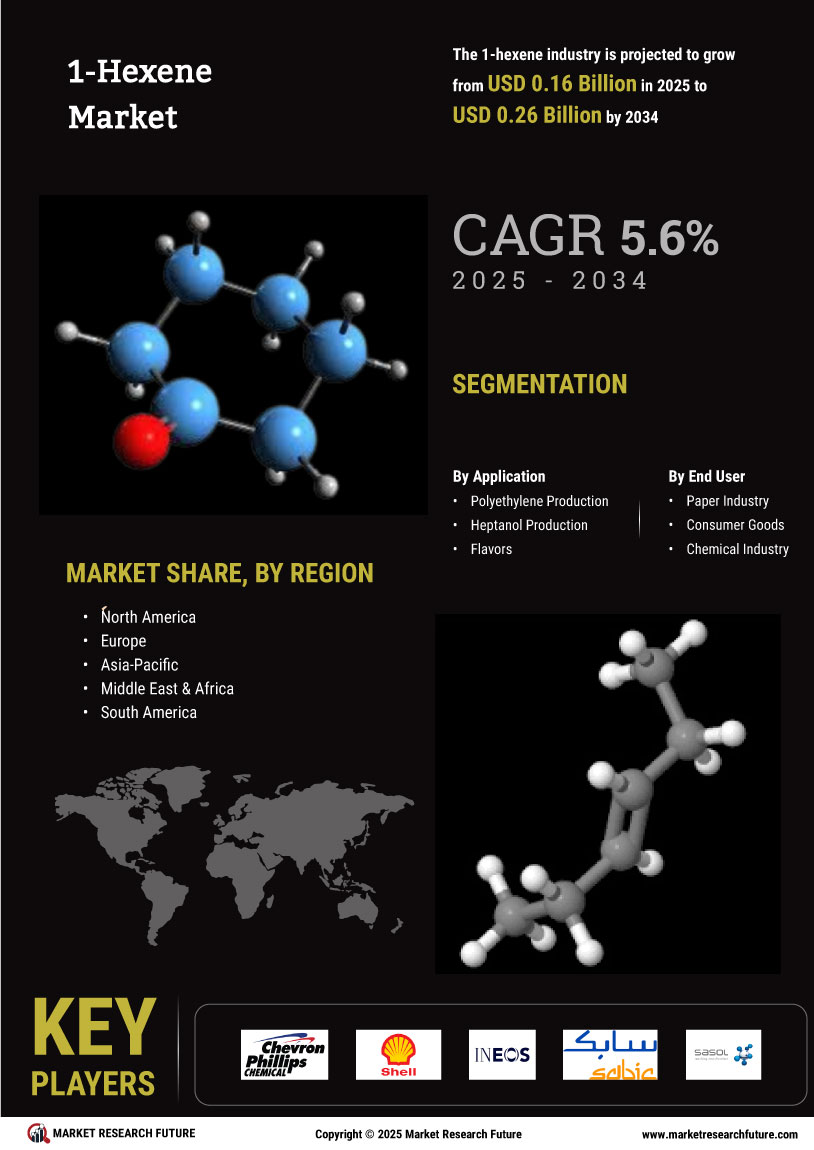

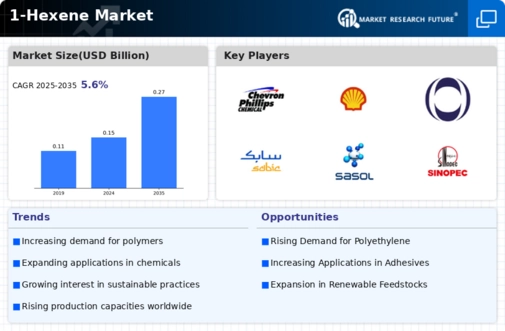
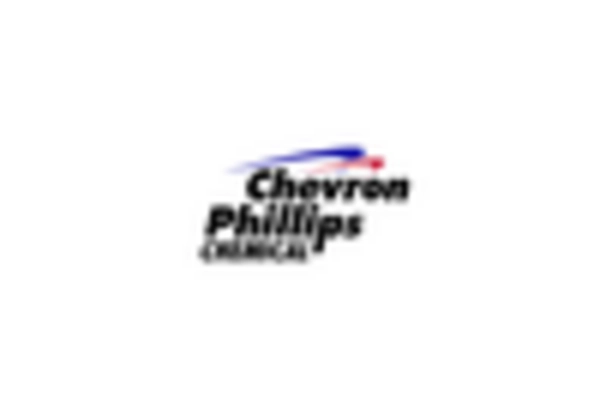
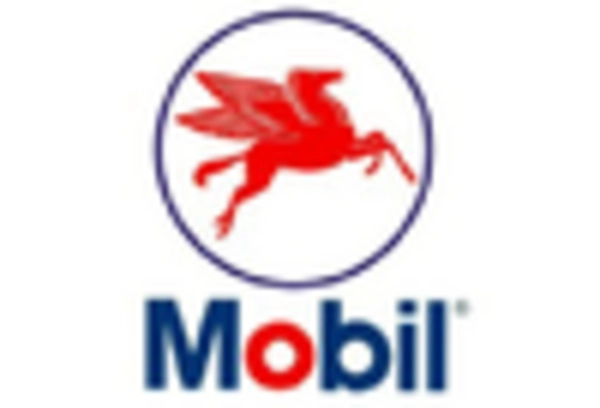
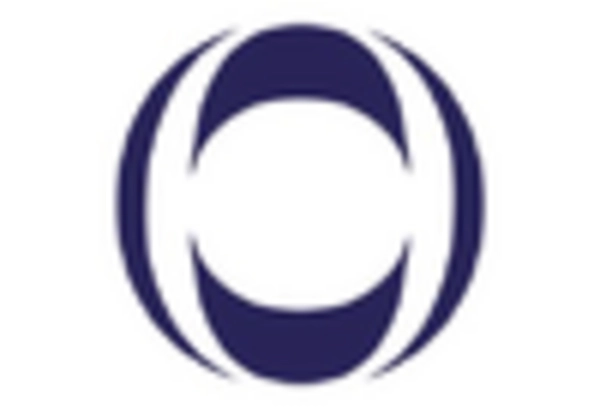
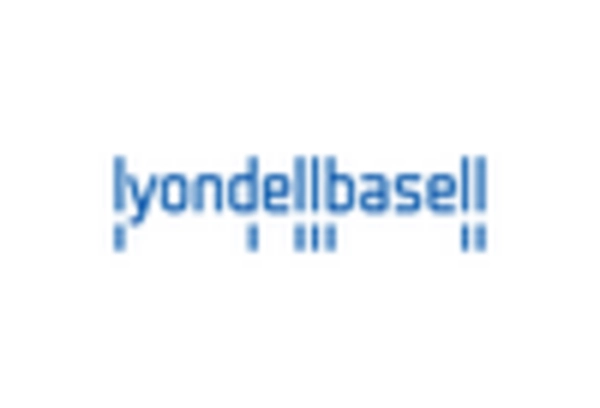
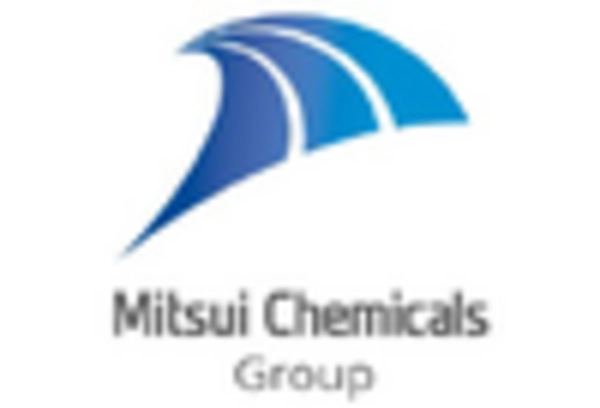
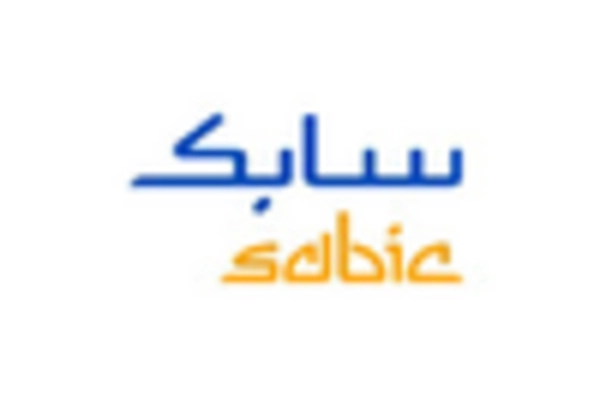








Leave a Comment